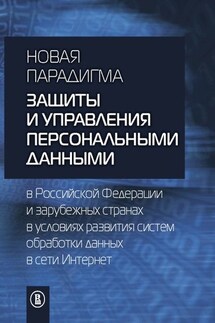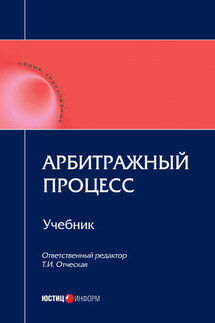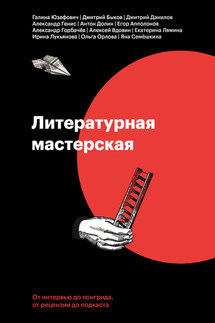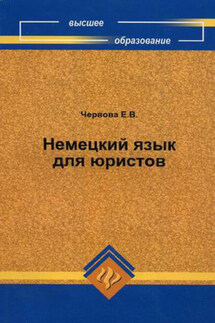Пособие по общественным связям в науке и технологиях - страница 18
, Paris: Seuil.
Raza, G. and S. Singh (2013) ‘Science communication in India at a crossroads, yet again’, in P. Baranger and B. Schiele (eds) Science Communication Today: International Perspectives, Issues and Strategies, Paris: CNRS Éditions, 243–262.
Riise, J. (2008) ‘Bringing science to the public’, in D. Cheng, M. Claessens, T. Gascoigne, J. Metcalfe, B. Schiele and S. Shi (eds) Communicating Science in Social Contexts: New Models, New Practices, Dordrecht: Springer, 301–310.
Rödder, S., M. Franzen and P. Weingart (eds) (2012) The Sciences’ Media Connection: Public Communication and its Repercussions, Sociology of the Sciences Yearbook, Springer: Dordrecht.
Snow, C. P. (1959) The Two Cultures, Cambridge: Cambridge University Press.
Sturgis, P. and N. Allum (2005) ‘Science in society: re-evaluating the deficit model of public attitudes’, Public Understanding of Science, 13, 1: 55–74.
Trench, B. (2008a) ‘Internet: turning science communication inside-out?’, in M. Bucchi and B. Trench (eds) Handbook of Public Communication of Science and Technology, London and New York: Routledge, 185–194.
Trench, B. (2008b) ‘Towards an analytical framework of science communication models’, in D. Cheng, M. Claessens, T. Gascoigne, J. Metcalfe, B. Schiele and S. Shi (eds) Communicating Science in Social Contexts: New Models, New Practices, Dordrecht: Springer, 119–138.
Trench, B. (2012) ‘Scientists’ blogs: glimpses behind the scenes’, in S. Rödder, M. Franzen and P. Weingart (eds) The Sciences’ Media Connection: Public Communication and Its Repercussions, Sociology of the Sciences Yearbook, Dordrecht: Springer, 273–290.
Weingart, P. (1998) ‘Science and the media’, Research Policy, 27, 8: 869–879.
Wilsdon, J. and R. Willis (2004) See-Through Science: Why Public Engagement Needs to move Upstream, London: Demos.
Wynne B. (1991) ‘Knowledges in context’, Science, Technology and Human Values, 16, 1: 111–121.
Wynne, B. (1992) ‘Misunderstood misunderstanding: social identities and public uptake of science’, Public Understanding of Science, 1, 3: 281–304.
Wynne, B. (2006) ‘Public engagement as a means of restoring public trust in science: hitting the notes but missing the music?’, Community Genetics, 9, 3: 211–220.
Ziman, J. (1991) ‘Public understanding of science’, Science, Technology and Human Values, 16, 1: 99–105.
Ziman, J. (2000) Real Science: What It Is and What It Means, Cambridge: Cambridge University Press.
Глава 2
Научно-популярные книги
От народного образования к научным бестселлерам
Элис Белл и Джон Терни
Термины «научно-популярный», «популярная наука» – часть научной коммуникации, которая подразумевает интерес, но не специальные знания со стороны читателя. Сегодня это зачастую издательский штамп, помещаемый на обложках книг или над стеллажами книжных магазинов. Но у термина долгая история, и использовался он куда шире. Историки науки, интересовавшиеся этой проблемой (Fyfe and Lightman 2007), были достаточно внимательны, чтобы включить в круг своих изысканий не только книги, но и лекции, песни, музеи, тематические серийные издания, журналы, радио и телевидение. На книги и другие печатные издания все больше влияния оказывают блоги, хотя некоторые книги давно становились источниками для телепроектов или пересекались с телевидением, выставками, сериями лекций. Все чаще в популяризации науки находится место для комиксов.









